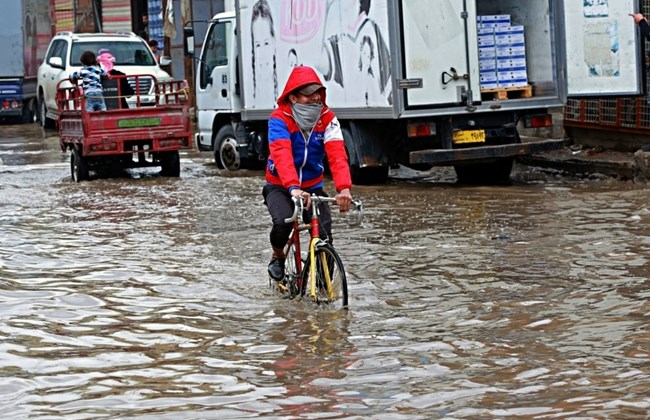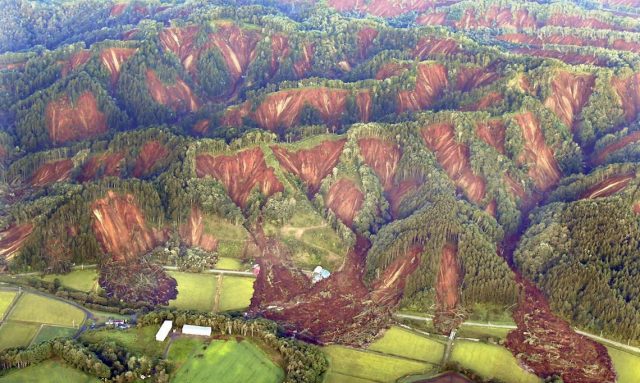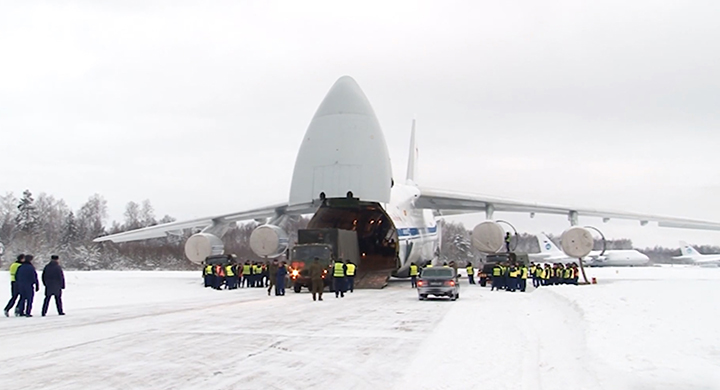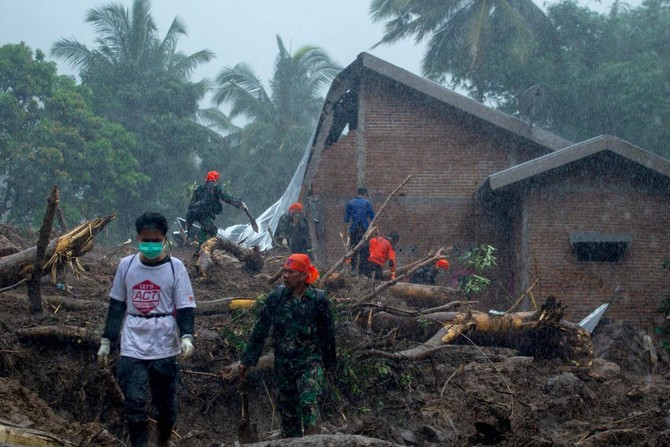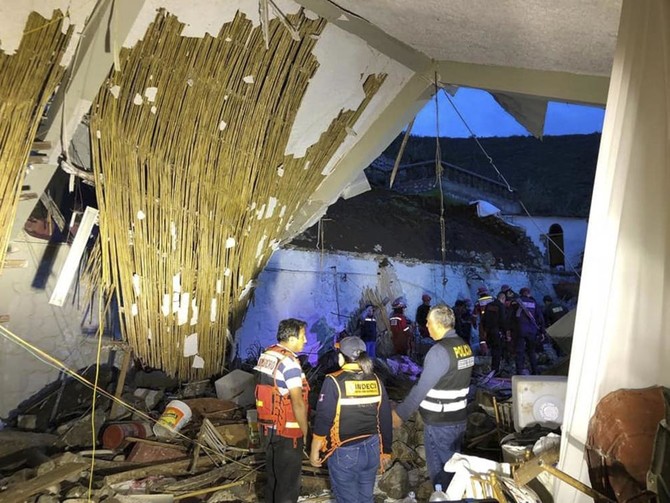2018 will be remembered as a year of destructive landslide events. This is my personal list of the ten most important ones over the course of the year. There are so many to choose from; comments welcome on whether I have the correct ten:-
10. Continued mining-induced landslides in Hpakant, Myanmar
The dreadful problem of major human-induced landslides in the jade mining areas of Hpakant in Myanmar was once again a major issue in 2018. The latest major event occurred in September. There have been fatalities throughout the year, meaning that at least 807 people have been killed in landslides there since 2015. There is no excuse for this level of loss.
9. The dam landslides in Ituango in Colombia
The disastrous landslides that rendered the Hidroituango dam temporarily (at least) redundant, and which induced huge downstream flooding, in Colombia in May were a major issue. Economically this may be one of the most disastrous landslide events of the year. I suspect we will hear more of this project in 2019; it once again illustrates the perils of landslides for hydroelectric schemes. As we build in increasingly challenging areas, including those that are tectonically active, it feels inevitable that we will see another major landslide disaster in the years ahead.
8. The Montecito mudflows in California
The
Montecito mudflows in January, triggered by heavy rainfall after the terrible wildfires in California in 2017, cost 23 lives and insured losses of $500 million or so. These landslides are probably prophetic; as the climate continues to warm the occurrence of devastating wildfires will increase, and mudflows inevitably follow. We will see more of these in 2019.
7. The rainfall-induced landslides in Hiroshima, Japan
The dreadful rainfall-induced landslides in the Hiroshima area of Japan in July 2018 induced extensive damage. At least 104 people were killed in landslide events, and there were over 120 fatalities when the impacts of the associated flooding are included. That a country that is so prepared for landslides can suffer this level of loss was a surprise to many. It is a clear demonstration that physical management of landslides has limits, and the increasing intensity of rainfall associated with climate change will mean that these limits are tested repeatedly. This places huge emphasis on the importance of building resilience.
6. The mining-induced landslide at Naga in Cebu, Philippines
The huge mining-induced landslide at Naga City in Cebu in the Philippines was truly astounding. This is another case in which the warning signs were clear ahead of the failure; that they were ignored led to 83 fatalities. Mining-induced landslides are on the rise. That we are losing so many lives to preventable mining continues to be a global disgrace.
5. The Berangay Ucab landslide in the Philippines
Sadly in fifth place is yet another landslide in the Philippines.
In this case it was a rainfall-induced failure onto a dormitory at Barangay Ucab, triggered by a typhoon. This slide serves to illustrate the challenges of reducing landslide risk in poor, mountainous areas, especially those disturbed by deforestation and mining. In total, 102 people lost their lives at Barangay Ucab.
5. The Berangay Ucab landslide in the Philippines
Sadly in fifth place is yet another landslide in the Philippines.
In this case it was a rainfall-induced failure onto a dormitory at Barangay Ucab, triggered by a typhoon. This slide serves to illustrate the challenges of reducing landslide risk in poor, mountainous areas, especially those disturbed by deforestation and mining. In total, 102 people lost their lives at Barangay Ucab.
4. Landslides triggered by the Hokkaido earthquake in Japan
The 6th September 2018 Hokkaido Iburi-Tobu earthquake triggered huge numbers of landslides over a comparatively small area. Initial technical reports suggest that over 6,000 landslides were triggered ,killing 36 people (the earthquake killed 41 people in total).
3. Landslides triggered by the Papua New Guinea earthquake
The most under-reported landslide disaster of the 2018 was the 25th February 2018 Papua New Guinea earthquake, which
triggered extensive landsliding. The response from the international community was slow and under-powered, and even now it is hard to ascertain the true extent of the losses.
In the major river channels the landslides were extraordinary:-
2. The Anak Krakatau landslide and tsunami in Indonesia
The
Anak Krakatau flank collapse is fresh in the memory. Over 420 people are known to have died in the tsunami that the collapse triggered.
This morning there are reports that new deformation has been detected in the remainder of the volcano. Understanding the sequence of events that led to the generation of this tsunami is going to be an important topic in the months ahead.
1. The Palu earthquake – three flowslides and a landslide-induced tsunami in Indonesia
The largest landslide disaster of 2018 was undoubtedly the
Sulawesi earthquake, and its disastrous impacts on the town of Palu and its suburbs. The jury is still out on whether the tsunami was triggered by underwater landslides; I suspect this will be a hot topic in the months ahead. The three major flowslides caused the highest level of loss,
with at least 1600 fatalities in Balaroa and 600 at Petobo for example. The old maxim has always been that it is not earthquakes that kill people, it is buildings that cause the loss of life. This event illustrates the folly of taking that too seriously – in 2018 we have seen repeated examples in which landslides have been the major cause of fatalities in earthquakes. I wonder when we will start to learn this lesson?

